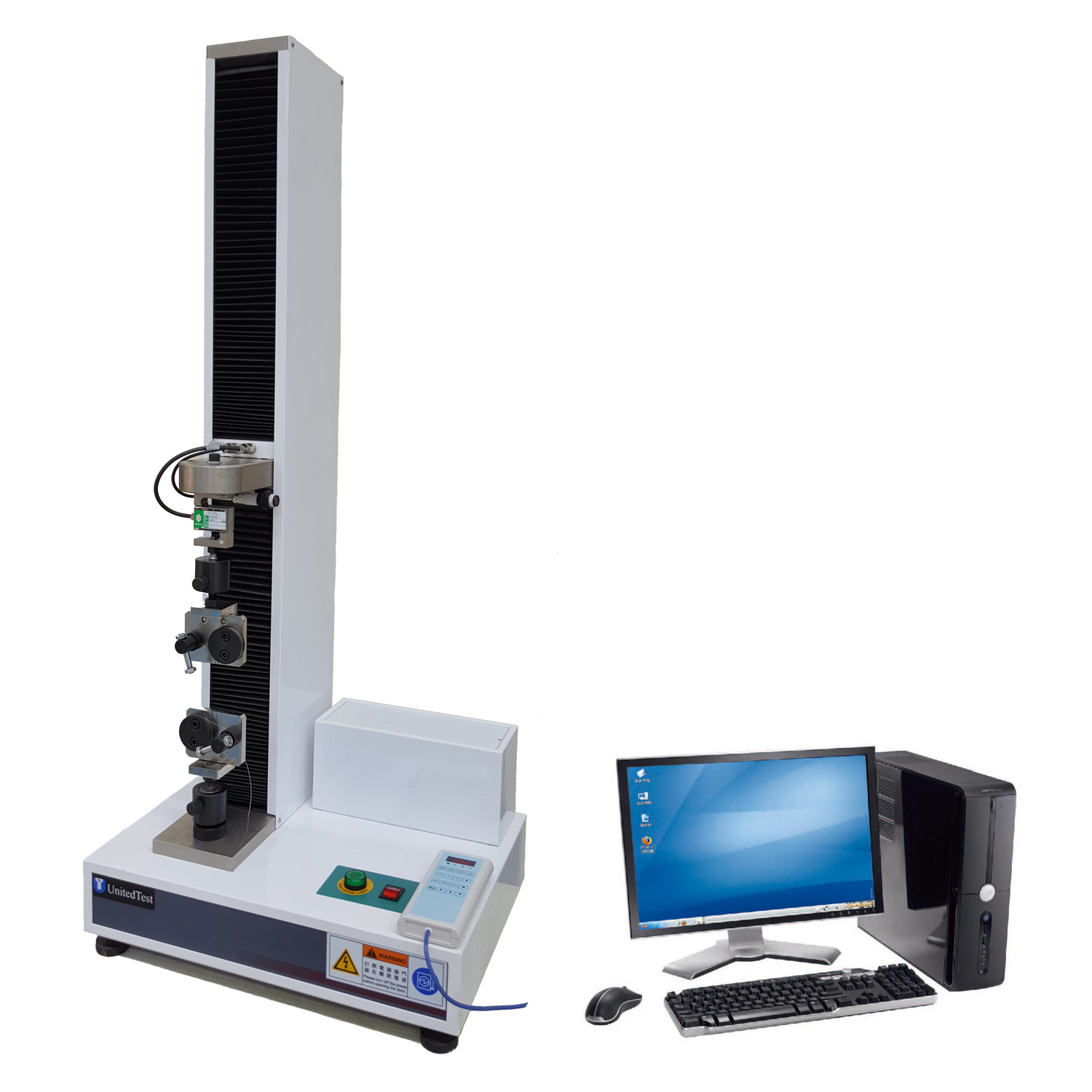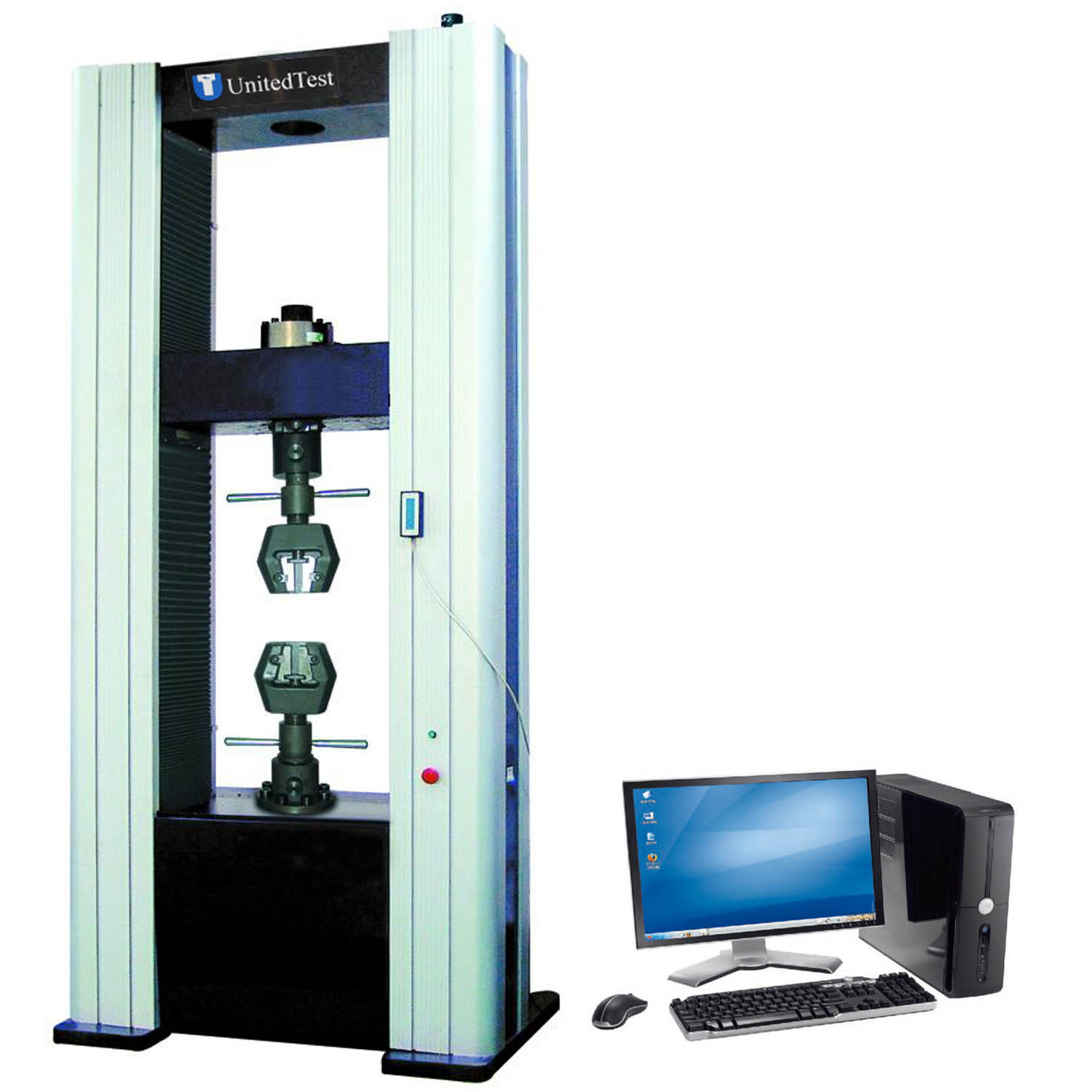- Universal testing machine
- Fixtures
- Medical/Biomedical device
- Vehicles motorcycle
- Compression/Flexural test
- Hardness tester
- Impact testing machine
- Torsion testing machine
- Abrasion & wear tester
- Plastic & Pipe testing
- Tensiometer / Goniometer
- Erichsen cupping tester
- Other Testing Equipment
- Grinding & polishing machine
- Spring testing machine
- Introduction
- Specification
- Accessories
- Standard
- LEAFLET & VIDEO
- Contact Us
ASTM D695 is used to determine the compressive strength of rigid unreinforced and reinforced plastic, including high-modulus composites, through a process of straining and loading the plastic at relatively low rates of strain. It enables replication of application-specific conditions. The compressive property information provides a standard and consistent means to compare materials for research and development, quality control, acceptance or rejection under specifications, and other material evaluation processes.
Critical compressive properties include modulus of elasticity, yield stress, deformation beyond yield point, and compressive strength (unless the material merely flattens but does not fracture). According to ASTM D695, the specimen is placed between compressive plates parallel to the specimen surface, and compressed along its major axis at constant rate of displacement until the specimen fractures or until the load or the decrease in length reaches a predetermined value. An extensometer attached to the fixture is used to determine the modulus of elasticity. When performing compression testing, it has been found that specimen alignment plays an important role in achieving even load distribution, which contributes to the consistency of the results.
Specimen size:
Specimens can either be blocks or cylinders. For ASTM, the typical blocks are 12.7 x 12.7 x 25.4mm (½ by ½ by 1 in). and the cylinders are 12.7mm (½ in) in diameter and 25.4mm (1 in) long. For ISO, the preferred specimens are 50 x 10 x 4mm for modulus and 10 x 10 x 4mm for strength.
The standard specimen for strength determination is a right cylinder or prism whose length is twice its principal width or diameter. If the specimen is too thin, an anti-buckling support jig should be used to prevent the specimen from buckling.


For more information or details, please contact us:
Email: export@unitedtest.com
whatsapp: +8613911165373













